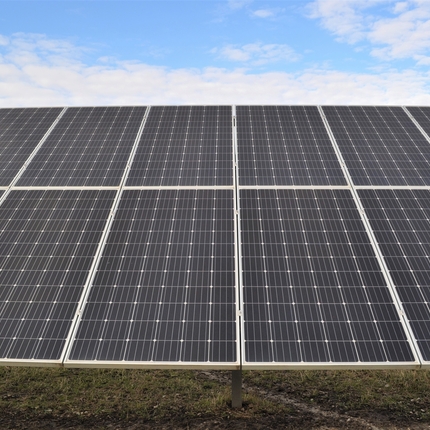The recent dismissal of Black Hills Energy’s proposed “buy all, sell all” renewable energy tariff exemplifies South Dakota’s need to examine the benefits provided by residential solar to the electrical grid and determine a fair compensation rate for that energy.
Under the proposed tariff, grid-tied customers with distributed generation systems, such as residential solar panels, would have been required to sell all of their self-generated energy to the utility at a reduced rate, and then buy it back at retail price. The docket generated more than 130 public comments and was dismissed by the Public Utilities Commission after both the utility and the intervenors agreed to a settlement requiring them to collaboratively examine alternative solutions over a two-year period.
Privately generated solar offers numerous benefits to utilities and the grid, such as providing greater electrical reliability and reducing energy demand during peak hours, which lowers the cost for everyone.
Multiple states, including Minnesota, have conducted Value of Solar (VOS) studies to quantify the value of privately-generated solar and set a fair compensation rate. VOS studies calculate the savings provided by avoided transmission, fuel, and other costs. In 2020, Iowa passed Senate File 583, which wrote net-metering into law and authorized an independent VOS study. The bill was supported by utilities, agriculture groups, trade associations, and environmental groups.
South Dakota would benefit by taking a similar approach and conducting a VOS study to determine the fair value of excess solar energy sent back to the grid.





